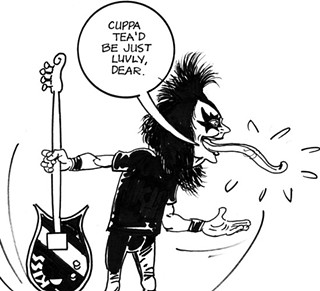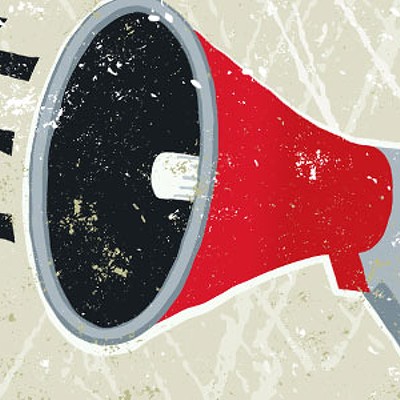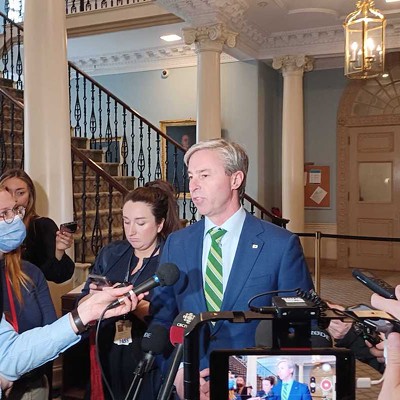Halifax's wildest-ever sailors' celebration began at 5pm on May 7, 1945, when Admiral Leonard Murray unleashed 9,000 war-weary, ready-to-party sailors on a city that didn't want them.
City fathers had made that abundantly clear. The head of the provincial liquor commission closed all its outlets until further notice in order to keep---or so he thought--- "crowds of service personnel off the streets where they might do harm to public and private property." Local restaurateurs, movie theatre operators and shopkeepers shuttered their doors at noon on the very day the Allies declared Victory in Europe on the way to the final end of World War II. The police chief reassured everyone that the sailors would be "quite happy" to celebrate quietly on their bases. He was...wrong.
The sailors---as sailors will---made their own party.
It did begin with an officially sanctioned event: a spectacular two-hour fireworks show in Halifax Harbour. But even as 15,000 people gathered on the slopes of Citadel Hill to take in that dazzling display of pyrotechnics, crowds of sailors were commandeering tram cars to ferry them from their drunk-dry north end base to the downtown.
When there was no one on hand to welcome them there, they made themselves at home.
For the next 24 hours, they danced on the heads of a city establishment that had treated them so badly for six long war years. They liberated the liquor stores---making off with, and then consuming---more than 12,000 cases of beer, 1,500 cases of wine and another 65,000 bottles of hard liquor. They burned tram cars, then cut the fire hoses to the trucks trying to put out the blazes. They set a police car on fire and pushed it downhill toward the harbour.
They looted shops of everything from jewellery to fur coats to sensible shoes. They filled Barrington Street with a sea of so much broken glass it washed up and over the curbs. Just when it seemed the party might be winding down, it flared up again. The next afternoon, many of the sailors---with lovers and friends and new lovers who became instant friends---ended up sprawled all over Citadel Hill, almost literally covering its slopes in a mass love-in, the likes of which Halifax had never seen before. Or since.
By the time the bacchanal finally sputtered to its inevitable end, three people were dead---two of alcohol poisoning---and 363 had been arrested. Two hundred and seven businesses were looted, 564 damaged and 2,624 panes of plate glass broken.
A royal commission---this being Canada, one was immediately established---blamed everything on the admiral who'd set his men loose on the city.
It was never that simple, of course. When the war had begun six years earlier, Halifax was a sleepy little port city of fewer than 60,000. The war, and Britain's desperate need for supplies to keep it going, had transformed the city into one of the most important in the world, filling the basin with hundreds of ships for convoys and almost instantly doubling the shore-based population.
And that didn't count the hundreds of thousands of military personnel who were here for a week, or two or three on their way to and from the conflict overseas. There wasn't enough housing for them, which led to gouging landlords and left up to 500 people sleeping on the streets each night. Merchants realized they had a captive market, and upped their prices accordingly. Which didn't sit well with the locals, who blamed the sailors for high prices and shortages. Not to mention the fact that everyone had to line up for everything.
No wonder the end of the war unleashed pent-up furies on all sides. Which city fathers only made worse by trying to stop the sailors from legitimately celebrating their/our hard-earned victory.
Luckily, lessons have been learned.
Party on.
















